De Young Museum (드영미술관)
12.9Km 2024-10-10
6 Seongchon-gil, Dong-gu, Gwangju
De Young Museum is an art gallery located at the entrance to Mudeungsan National Park. The gallery opened in 2018 with the concept of being "forever young" and aims to develop the local culture scene through connections with the local community.
Traditional Tea House Punggyeong (전통찻집 풍경)
13.0Km 2023-12-22
96 Unyong-ro, Buk-gu, Gwangju
Traditional Tea House Punggyeong in Gwangju specializes in serving rich and savory traditional Korean tea. The interior is decorated in white and wood tones, creating a cozy atmosphere. From the entrance to every corner of the room, there are plants that have been cared for by the store owner, allowing visitors to feel more at ease as they enter the tea house. The drinks are served in a neat tea cup, and their most recommended tea is the house-brewed ssanghwacha (medicinal herb tea). Furthermore, it sells a variety of traditional teas that are great to savor leisurely while resting such as daechu cha (jujube tea), a unique tea with a sweet aftertaste and is known to help treat insomnia; and saenggang cha (ginger tea) with an addition of honey or malt syrup, among others.
Gwangju IAM Guest House [Korea Quality] / 아이엠게스트하우스 [한국관광 품질인증]
13.0Km 2024-07-24
23 , Gyeongyang-ro 165beon-gil, Buk-gu, Gwangju
+82-62-528-0012
The cozy and clean I Am Guesthouse in Gwangju, Jeollanam-do, stands right opposite Gwangju station. The guesthouse offers free Korean breakfast and brunch, there’s a personal locker for valuables and a powder room for female travelers. The location is convenient for sightseeing, with Mudeungsan Mountain nearby, and visitors can taste tteokgalbi and other delights of Namdo cuisine in local restaurants.
Namdodalbam Moonnight Market (남도달밤야시장)
13.1Km 2024-12-03
10 Jebong-ro 194beon-gil, Dong-gu, Gwangju
+82-62-233-1420
The Namdodalbam Moonnight Market takes place on Saturday evenings in July at Daein Art Market, a center for artistic culture in Gwangju. During the event period, visitors can enjoy a range of cultural experiences and art programs on top of typical night time market fare.
Mulgogi Coffee Roasters (물고기 커피 로스터스)
13.1Km 2024-11-14
34 Jangdong-ro, Dong-gu, Gwangju
Mulgogi Coffee Roasters is an award-winning hand-drip specialty store in Gwangju. This place is famous among coffee enthusiasts for its fresh beans, which are handpicked and roasted, one by one, and its 20 kinds of drip bags. Visitors can enjoy their specialty, Geisha Coffee, or other blends from Africa, Latin America, India, China, and other Asian countries.
Mimiwon (미미원)
13.1Km 2024-12-03
광주광역시 동구 백서로 218
Emerging as a leading spot for yukjeon (Pan-fried Battered Beef) in Gwangju, Mimiwon has gained popularity through multiple media features. The restaurant’s traditional hanok building creates a neat atmosphere.
Gwangju Daein Market & Daein Art Market (광주 대인시장 (대인예술시장))
13.1Km 2023-11-28
9-10 Jebong-ro 184beon-gil, Dong-gu, Gwangju
+82-62-233-4001
Daein Market in Gwangju is a wonderful example of the changes traditional markets have gone through to remain relevant in the modern world. Originally the community center for all living needs, including produce and household goods, the market lost much interest in the mid-1990s with the influx of large marts. From that point on, many shops began to close down as there was no business.
However, the market saw a revival in 2008 during the Gwangju Biennale. Many of the available shop spaces were rented out to host small art exhibitions, creating a unique art market. Thanks to this effort, Daein Market was designated as a Cultural Attraction in 2013. The market continues to have a strong connection with the art that saved it, and the vendors and artists live and work together in harmony. The market also draws in a lot of interest from the community through their weekly night market, taking place every Saturday.
Gwangju Biennale Exhibition Hall (광주비엔날레전시관)
13.1Km 2023-11-28
111 Biennale-ro, Buk-gu, Gwangju
+82-62-608-4114
Since its establishment in 1994, the Gwangju Biennale Exhibition Hall has significantly contributed to Korea's art culture and the world through numerous exhibitions. It strives to give joy and motivation to many people and serves as a channel for Korean artists' forays into the world. Notably, the Biennale exhibition is not a one-time event, and various attempts are being made to make it a sustainable platform as it increases the regional value of Gwangju, the home of the Biennale.
In the era of COVID-19, online services are also provided to citizens who have difficulty visiting the site in person to experience the exhibition.
Gwangju Design Biennale (광주디자인비엔날레)
13.2Km 2025-07-11
111 Biennale-ro, Buk-gu, Gwangju
+82-62-531-7783
The Gwangju Design Biennale is the world’s first design biennale and currently Asia’s only design biennale. With exhibitions centered on the concept of design, the biennale combines the industrial aspect of design with cultural elements.
ER NC Department Store - Gwangju Branch [Tax Refund Shop] (ER NC백화점 광주)
13.2Km 2024-04-23
249, Gyeongyeol-ro, Buk-gu, Gwangju
-

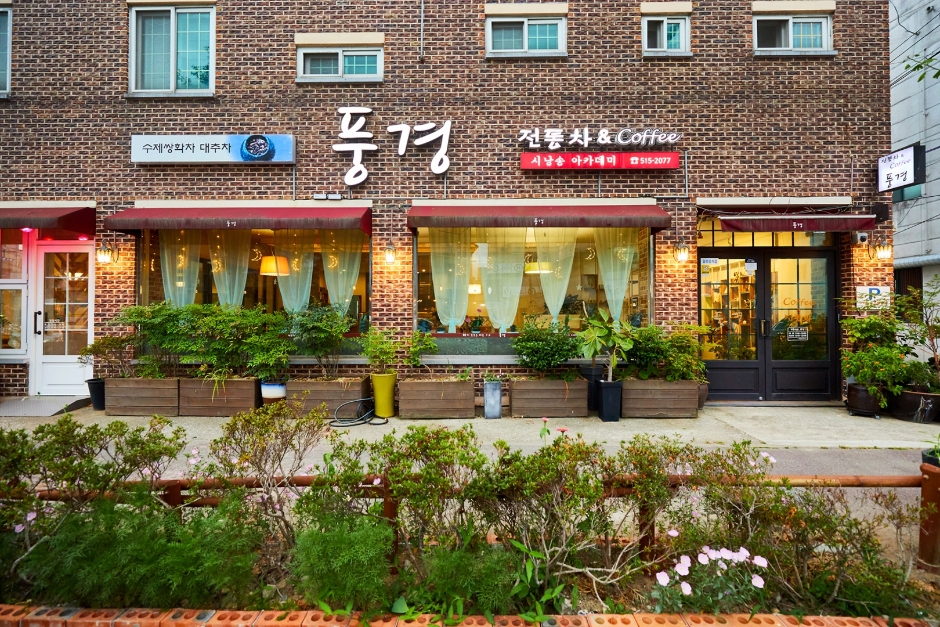
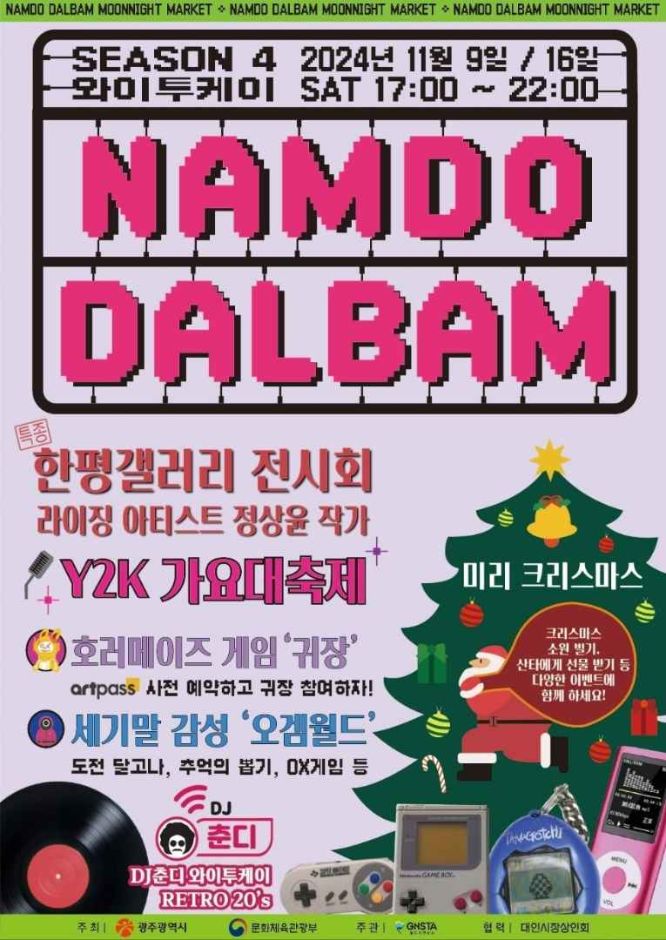
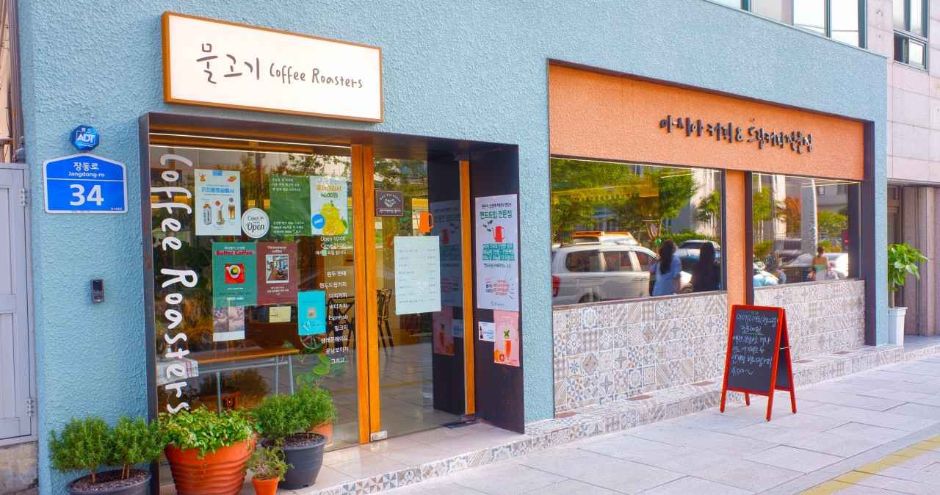
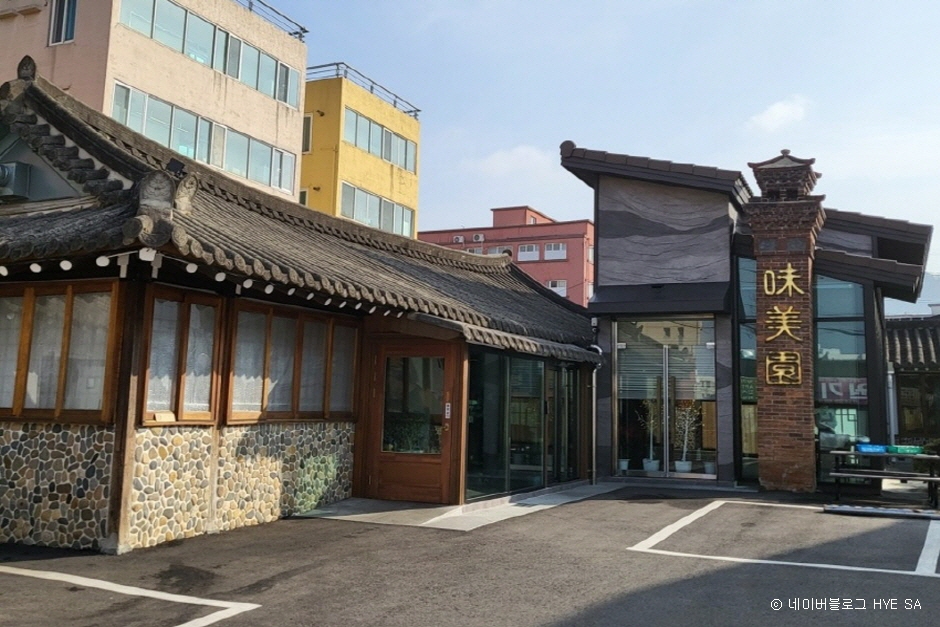
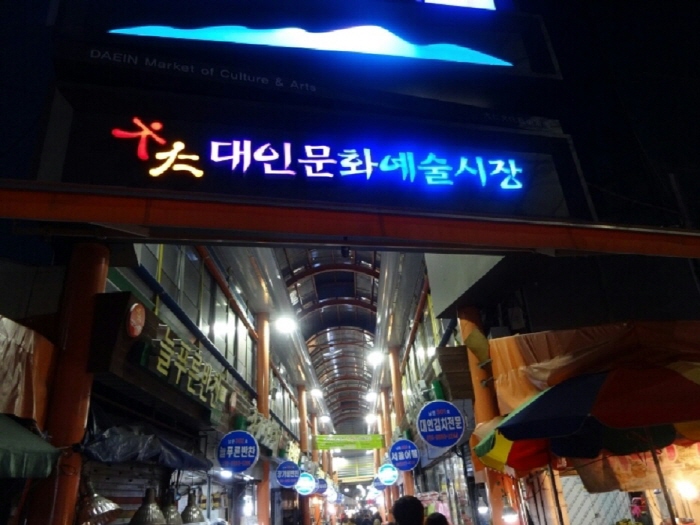
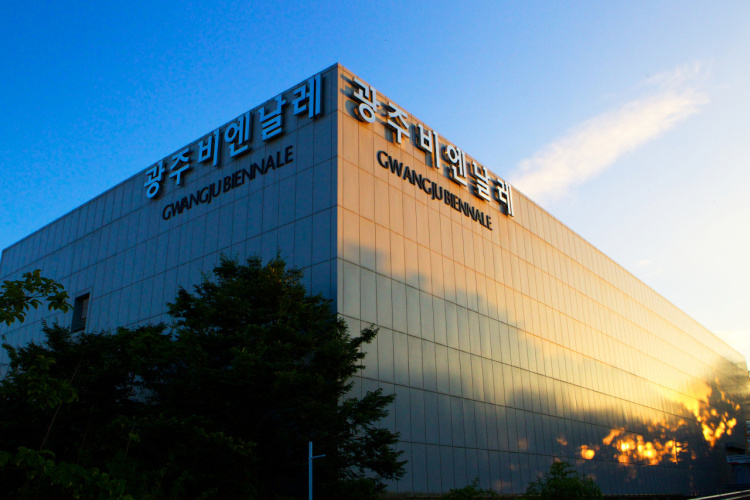
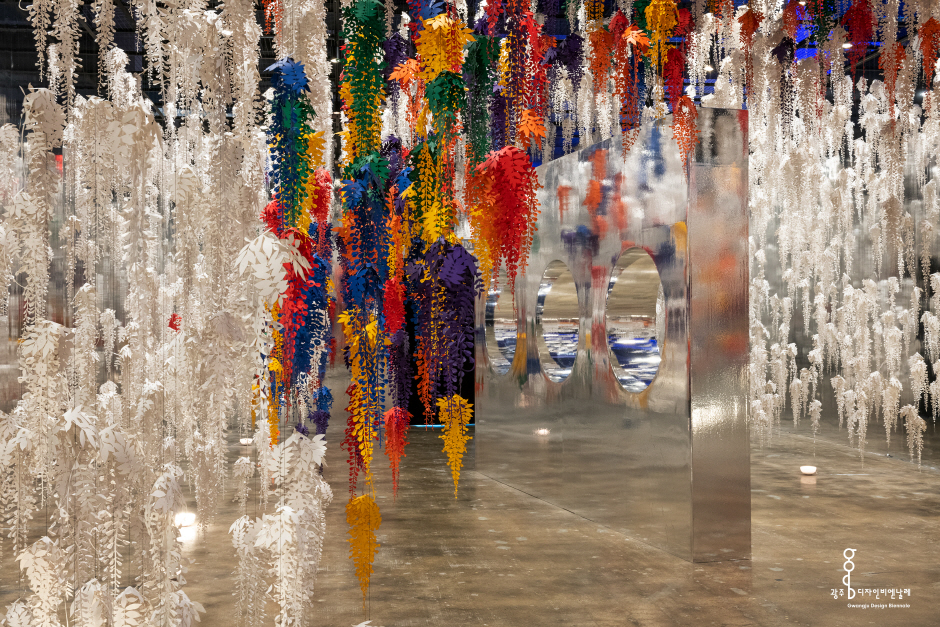
![ER NC Department Store - Gwangju Branch [Tax Refund Shop] (ER NC백화점 광주)](http://tong.visitkorea.or.kr/cms/resource/32/2886832_image2_1.jpg)
 English
English
 한국어
한국어 日本語
日本語 中文(简体)
中文(简体) Deutsch
Deutsch Français
Français Español
Español Русский
Русский